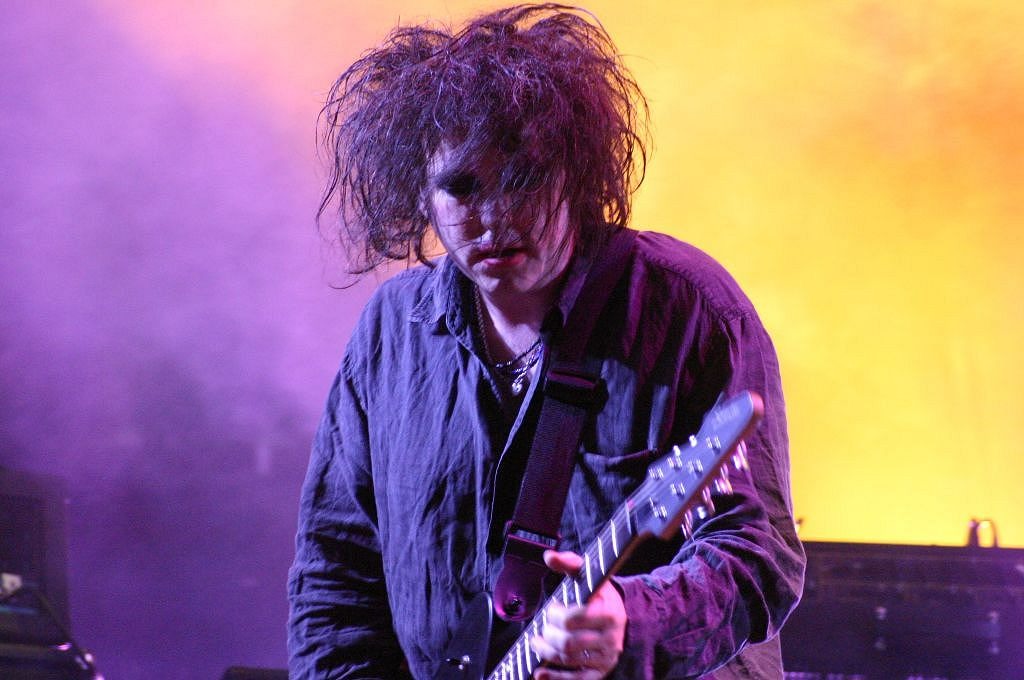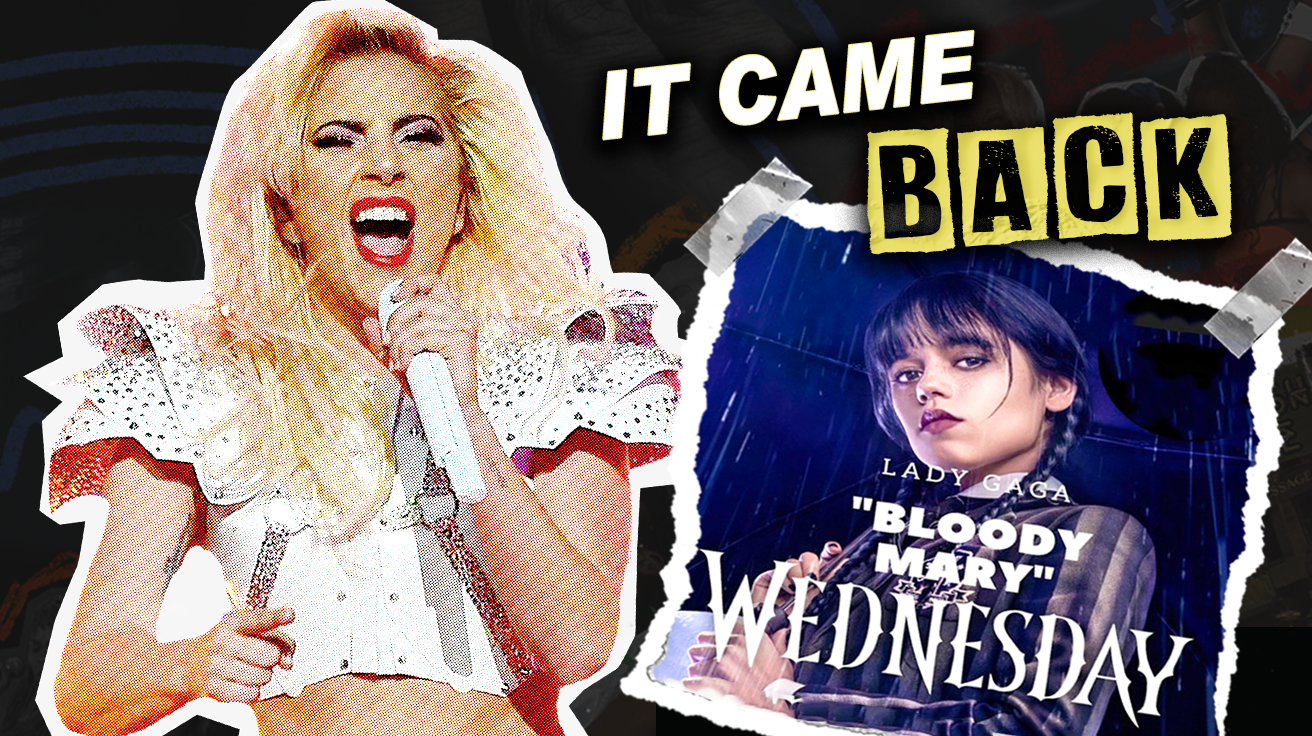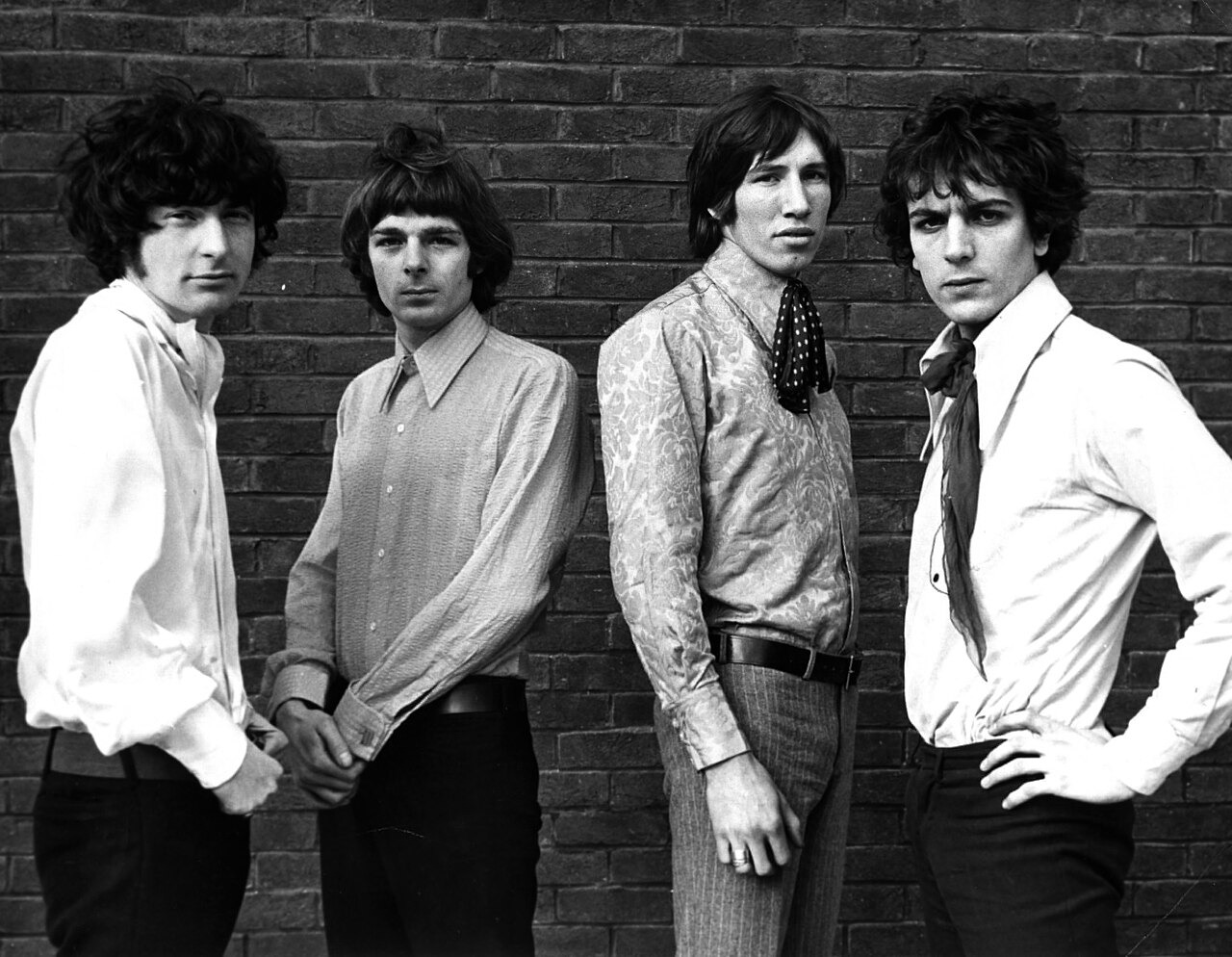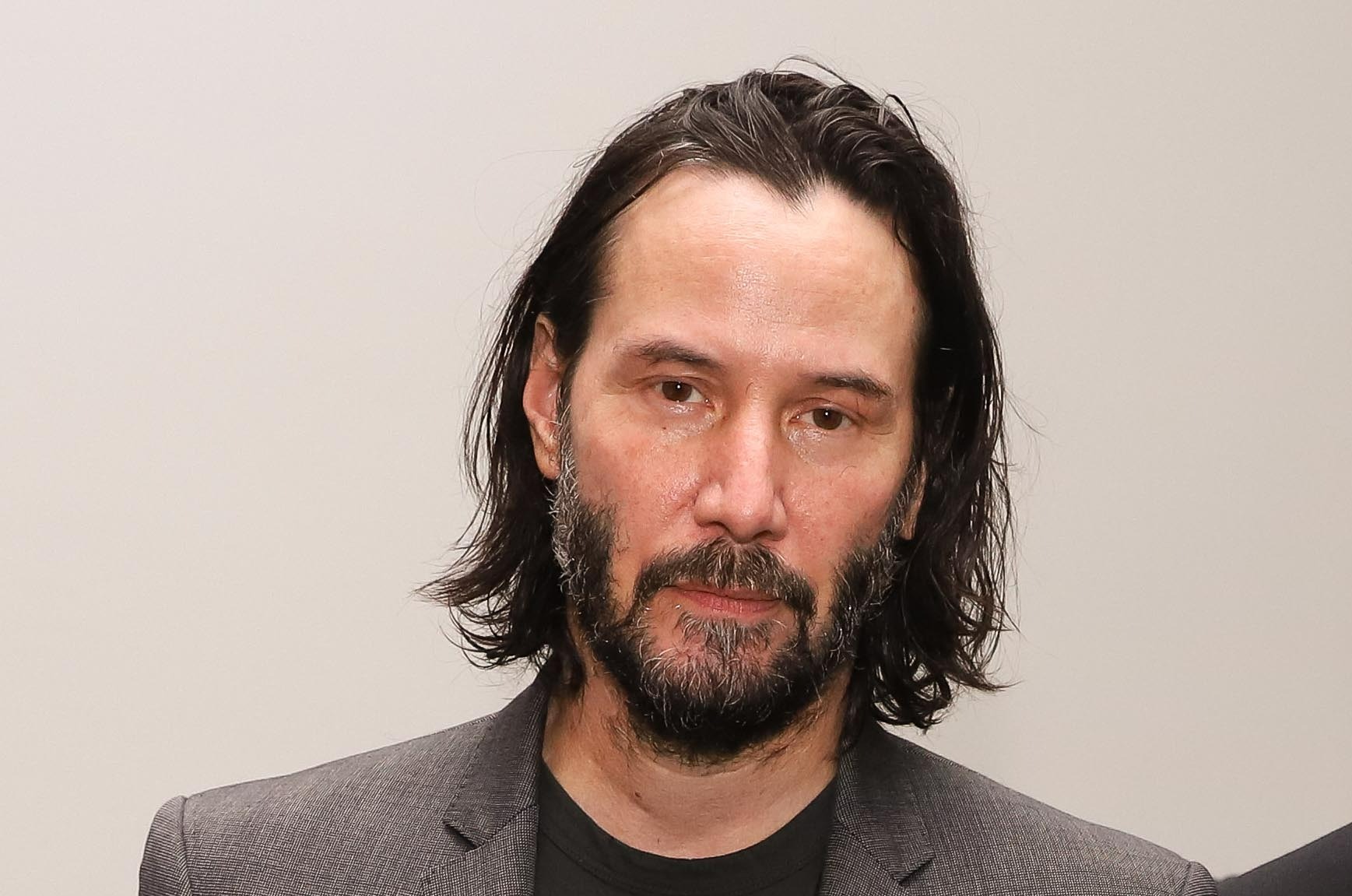
The microphone stand marks ground zero for a band’s public identity. Every growl, scream, and whispered lyric travels from that central nervous system straight into the cultural bloodstream. When that voice belongs to someone who self-destructs spectacularly or reveals their darkest impulses, the entire musical organism suffers. These frontmen didn’t just damage their bands – they detonated them from within, like planting C4 at the foundation of their own career buildings.
The power dynamics at play resemble nothing so much as that scene in “Spider-Man” where Peter Parker realizes that with great power comes responsibility – except these vocal superheroes frequently chose chaos instead. Their stories serve as cautionary tales about ego, addiction, and what happens when the person holding the microphone forgets they’re carrying the weight of everyone else’s dreams.
15. Creed (Scott Stapp)
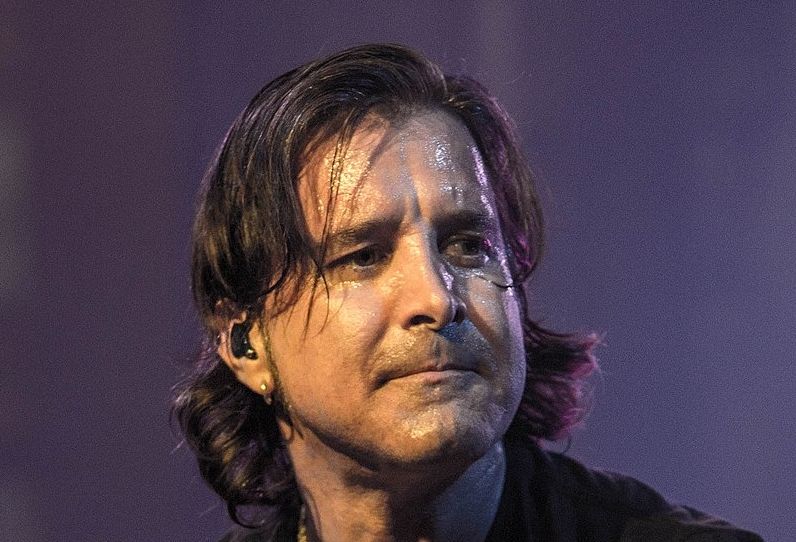
The mighty can fall furthest, and Creed’s descent from diamond-selling rock gods to industry punchline represents one of music’s most spectacular nosedives. Scott Stapp rode his baritone vocals and messiah complex to the mountaintop with hits like “With Arms Wide Open” before his substance abuse issues transformed him into rock’s most unpredictable frontman. His erratic behavior turned concerts into exercises in audience endurance rather than entertainment.
Creed’s breakups and reunions mirror the recovery-relapse cycle, the band’s fate perpetually tethered to Stapp’s personal battles. Even with millions of albums sold, their legacy carries an asterisk – musical success undercut by personal instability. The band exists now as a time capsule of post-grunge excess, their songs still playing on rock radio while listeners mentally separate the art from the artist’s very public struggles. The arms-wide-open pose from their biggest hit now resembles someone desperately trying to keep their balance.
14. The Stone Roses (Ian Brown)
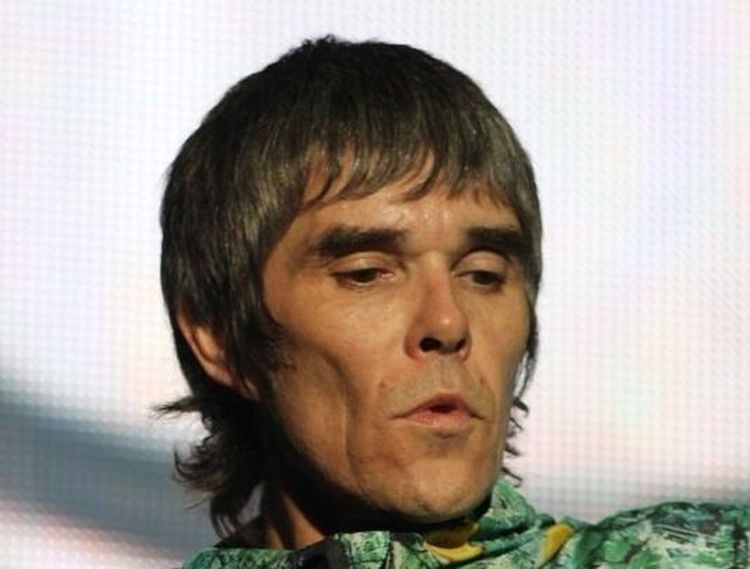
The Stone Roses created perhaps rock’s most fascinating contradiction – a vocalist simultaneously essential to a band’s appeal yet widely considered its technical weak point. Ian Brown’s distinctive vocals helped define the Madchester movement despite their limited range and frequently flat delivery, especially in live settings. His minimalist stage presence further polarized opinion, creating sharp divisions between those who viewed his approach as effortlessly cool and those who saw technical deficiency masquerading as style.
The band’s acclaimed debut album remains influential despite these limitations, suggesting sometimes the perfect voice isn’t technically perfect at all. Their eventual breakup stemmed from internal conflicts that plague many bands regardless of vocal prowess. The Stone Roses’ legacy endures through reunion tours and their unmistakable impact on British indie music, demonstrating how distinctive imperfection can sometimes create more compelling art than polished proficiency – similar to how a crooked smile often contains more character than perfect teeth.
13. The Murder Junkies (GG Allin)
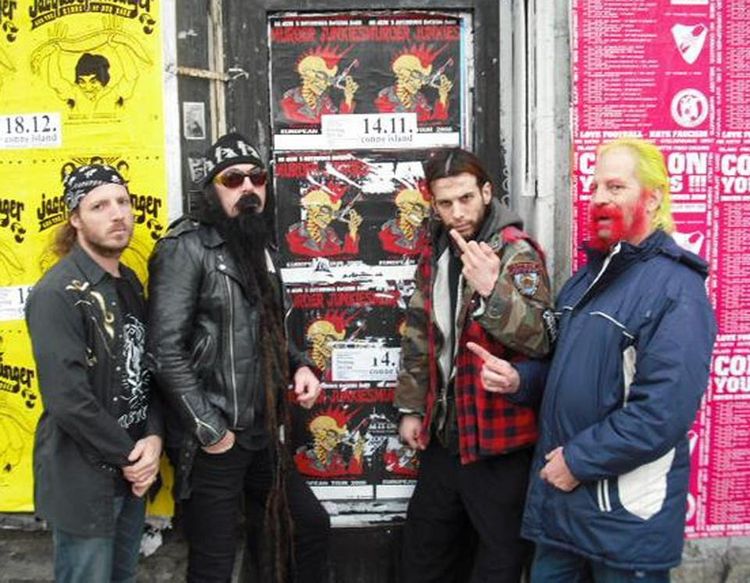
Some artists push boundaries; GG Allin obliterated them with sledgehammer force. As frontman for The Murder Junkies, Allin created the punk equivalent of shock theater – performances featuring self-mutilation and violence, bodily fluids, and behavior so extreme it defied categorization as mere music. His shows functioned less as concerts and more as nihilistic performance art that tested the limits of audience endurance and venue insurance policies.
Allin’s 1993 overdose death at age 36 ended the spectacle but cemented his cult status. The Murder Junkies couldn’t sustain momentum without their chaos engine, proving their appeal hinged entirely on Allin’s extreme persona. Their legacy raises uncomfortable questions about where artistic expression ends and exploitation begins. The band exists now primarily as a footnote to Allin’s notoriety, a case study in how shock value without substance creates momentary fascination but limited lasting impact, similar to a horror movie relying solely on jump scares.
12. 30 Seconds to Mars (Jared Leto)

When your frontman becomes more famous for things outside the band, the musical project inevitably becomes secondary. 30 Seconds to Mars started as a legitimate rock outfit before transforming into what often feels similar to an elaborate vanity project for Jared Leto’s multi-industry brand. His celebrity status across film, fashion, and music has overtaken the band’s identity, creating an awkward imbalance where the group serves primarily as a vehicle for his persona.
Concerns about Leto’s cult-like influence over fans (particularly regarding the controversial Mars Island retreats) and founding member Tomo Milicevic’s departure have only intensified the perception that the band exists in service to Leto’s ego rather than artistic expression. Their album “America” received mixed reviews, with critics noting that the theatrical presentation often outweighed musical substance. 30 Seconds to Mars increasingly resembles a side character in the Jared Leto story rather than a compelling musical narrative in its own right.
11. Guns N’ Roses (Axl Rose)

Rock’s most notorious control freak elevated self-sabotage to performance art during Guns N’ Roses’ commercial peak. After “Appetite for Destruction” made them the world’s most dangerous band, Axl Rose’s behavior threatened that success at every turn. His habitual lateness to shows (sometimes by hours), tendency to incite riots, and feuds with bandmates crafted a mythology almost as powerful as their music. The result resembled a high-speed car with failing brakes – thrilling but headed for inevitable collision.
The “Chinese Democracy” saga – a 15-year, multi-million dollar odyssey resulting in an overproduced curiosity – stands as the music industry’s most notorious case of perfectionism gone wrong. Despite all this, Guns N’ Roses maintains staggering commercial success with over 100 million albums sold and lucrative reunion tours. Their story demonstrates how exceptional talent can sometimes overcome even the most self-destructive tendencies, though not without considerable collateral damage to relationships and reputation.
10. As I Lay Dying (Tim Lambesis)
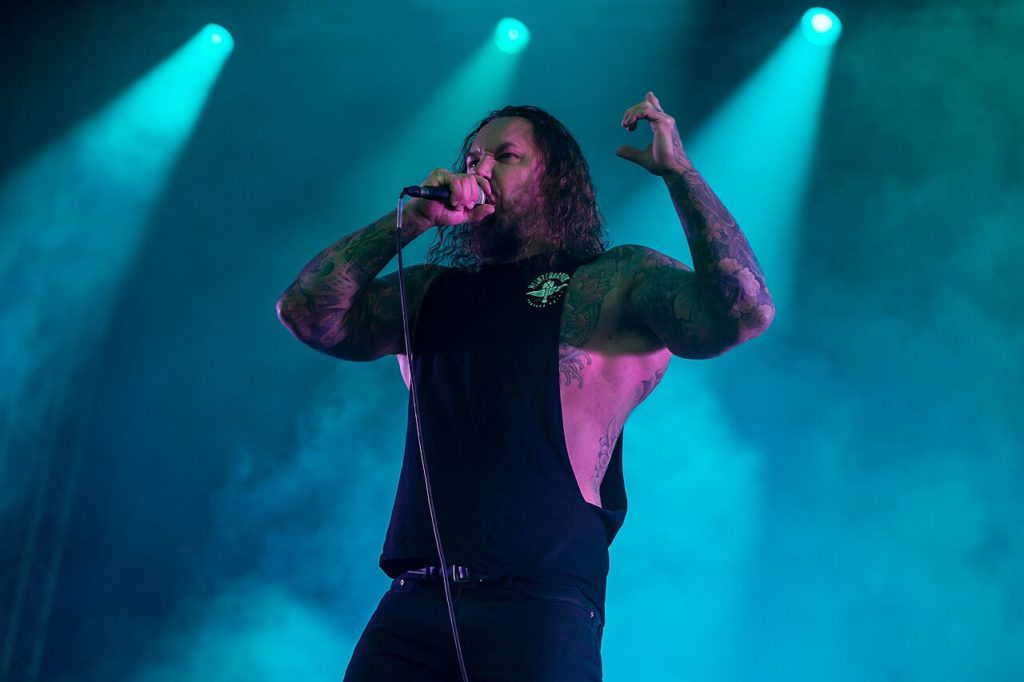
The metalcore scene has weathered many controversies, but none match the seismic shock of As I Lay Dying frontman Tim Lambesis attempting to hire a hitman to murder his estranged wife. The band had built their reputation on technical prowess and Lambesis’s powerful vocals before his 2013 arrest instantly transformed them from scene leaders to pariahs. The criminal case read more similar to a crime thriller plot than metalcore band drama.
After serving his prison sentence, Lambesis orchestrated a controversial comeback that split the fanbase into warring factions. Some embraced the redemption narrative while others found his return unconscionable. Their recent releases have performed moderately well commercially, but the band exists now in a moral gray area – talented musicians forever associated with an unthinkable act. Their comeback raises uncomfortable questions about forgiveness versus accountability, rehabilitation, and whether some actions permanently separate art from audience.
9. Puddle of Mud (Wes Scantlin)
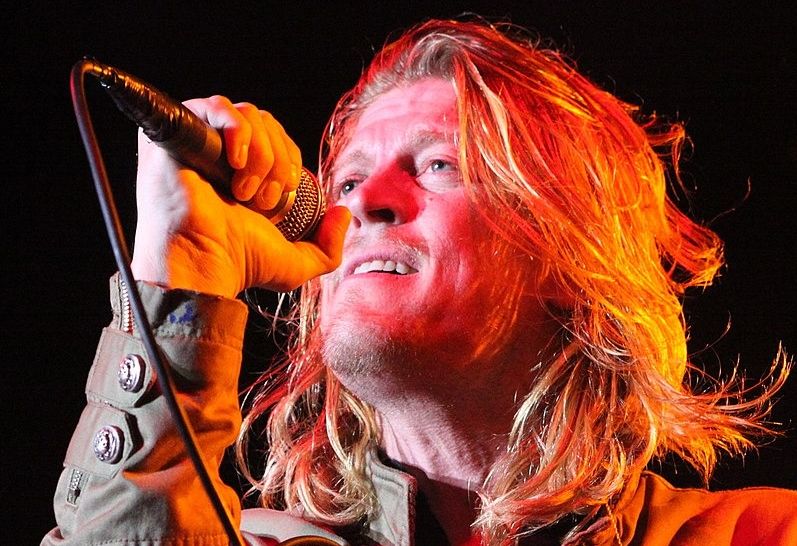
Watching Wes Scantlin’s descent feels similar to watching a slow-motion car crash where the driver keeps pressing the accelerator. After multi-platinum success with hits like “Blurry” and “She Hates Me,” Scantlin embarked on a years-long odyssey of self-sabotage that left Puddle of Mud as a shell of its former self. DUIs, public intoxication arrests, and erratic behavior became his calling cards while the band’s revolving door saw 14 different musicians cycle through.
The bottom came during a 2020 SiriusXM session where Scantlin’s performance resembled karaoke night at a rehab facility – painfully off-key, disoriented, and broadcast for all to witness. “Welcome to Galvania,” their comeback attempt, landed with the impact of a feather hitting carpet. Puddle of Mud stands as a testament to addiction’s power to transform promising artists into cautionary tales, a before-and-after picture nobody wants to be the “after” in.
8. Dance Gavin Dance, Emarosa, and A Lot Like Birds (Jonny Craig)

Most vocalists manage to damage just one band, but Jonny Craig achieved the dubious hat trick of sabotaging three. His extraordinary soul-meets-post-hardcore voice elevated Dance Gavin Dance, Emarosa, and A Lot Like Birds before his self-destructive tendencies sent each project spiraling. The infamous MacBook scam – where he defrauded fans by selling non-existent laptops to fund his drug habit – stands as just one entry in his comprehensive catalog of transgressions.
Craig moves through the music industry similar to a hurricane making landfall, leaving band members, management teams, and fans to rebuild after his departure. His Warped Tour ban and serial expulsions from groups represent something deeply tragic – generational talent repeatedly undone by personal demons. The post-hardcore scene still speaks his name in hushed tones, acknowledging the vocal brilliance while grimacing at the behavior that accompanied it. Few artists embody the tightrope between exceptional talent and exceptional trouble quite so vividly.
7. Hedley (Jacob Hoggard)

Canadian pop-rock outfit Hedley experienced what business executives call a “sudden and precipitous decline” following frontman Jacob Hoggard’s sexual assault conviction. Unlike bands that slowly fade from relevance, Hedley’s career ended with the abruptness of a circuit breaker tripping. Management dropped them, radio stations scrubbed their playlists, and the band announced an indefinite hiatus that looks increasingly permanent.
The swift industry and public rejection illustrates how the music business handles toxic assets in the post-#MeToo era – complete disassociation rather than measured distancing. Hedley’s catalog now exists in a limbo state, their commercial achievements overshadowed by their singer’s criminal behavior. Their innocent bandmates represent the overlooked collateral damage in these cases – musicians whose careers derail through no fault of their own, sidelined by association with actions they neither committed nor condoned.
6. Bad Wolves (Tommy Vext)
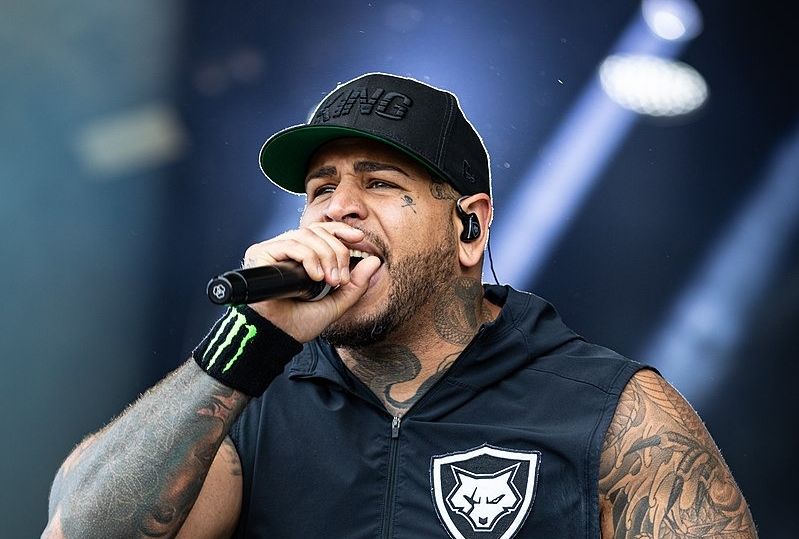
Metal supergroups usually implode from creative differences, but Bad Wolves detonated from something far more contemporary – culture war shrapnel. After riding high on their platinum-selling cover of “Zombie,” vocalist Tommy Vext’s increasingly public statements denying systemic racism and spreading COVID-19 misinformation turned the band’s fanbase into opposing armies. The digital battlefield casualties mounted until Vext departed, unsuccessfully sued the band, and left DL to inherit a fractured kingdom.
The whole saga plays out similar to that awkward dinner where your favorite uncle suddenly starts spouting conspiracy theories – nobody ordered this particular menu item, but now it’s all anyone can focus on. Bad Wolves continues performing with their new vocalist, but they carry the scars of a band that learned how quickly social media can amplify internal conflicts into existential threats. Their redemption story remains unwritten, the pen hovering uncertainly above the page.
5. Lostprophets (Ian Watkins)

Some band implosions result from recoverable mistakes – creative differences, ego clashes, addiction struggles. Others stem from actions so heinous they erase entire musical legacies. Lostprophets frontman Ian Watkins committed crimes so unthinkable that they rendered the band’s entire catalog radioactive overnight. His convictions for child sexual offenses obliterated everything the Welsh rock band had built, causing streaming services and radio stations to purge their music and fans to disavow their support.
The remaining members distanced themselves completely, eventually forming new projects unburdened by their former singer’s crimes. Lostprophets represents the most extreme example of how quickly artistic achievements can be nullified by unconscionable personal actions. Their case sits in a category beyond mere controversy or scandal – it’s the complete erasure of a musical entity, as if someone took an industrial magnet to the hard drive containing their history. The abrupt downfall of bands like Lostprophets and Brand New illustrates how crimes and scandals that shook music can erase even the most influential legacies overnight.
4. Trapt (Chris Brown)

Few career suicides have been as methodically executed as Chris Taylor Brown’s systematic dismantling of Trapt’s legacy. The one-hit wonders behind “Headstrong” watched helplessly as their frontman transformed their social media accounts into platforms for racist rants, white nationalist rhetoric, and disturbing comments about underage individuals. Brown operated like a demolition expert determined to bring down his own career building, methodically placing explosive statements where they’d cause maximum structural damage.
The market responded with brutal efficiency. Venues canceled. Platforms banned. Their 2020 album “Shadow Work” moved a pathetic 600 copies in its first week – sales numbers that wouldn’t fill a high school auditorium. What makes Trapt’s implosion so fascinating is how thoroughly avoidable it was. In the streaming era where nostalgia keeps bands afloat decades past their expiration date, Brown chose career immolation over the comfortable legacy tour circuit. The digital age doesn’t just amplify success – it permanently documents your self-destruction.
3. Brand New (Jesse Lacey)

The devastating irony of Brand New’s implosion lies in the contrast between their lyrical vulnerability and their frontman’s hidden behavior. Jesse Lacey built an empire on emotional authenticity, crafting songs that served as sacred texts for alienated youth. When 2017 allegations surfaced about sexual misconduct with minors dating back to the early 2000s, that carefully constructed house of cards collapsed instantly. The band that helped fans process their pain became the source of new trauma.
Lacey’s admission and apology couldn’t salvage the wreckage. Tours canceled, album plans shelved, streaming services pulled their catalog from prominent playlists. Brand New became an uncomfortable presence in vinyl collections everywhere, their once-cathartic songs now carrying uncomfortable undertones. Their story demonstrates how quickly seemingly unassailable legacies can evaporate when the gulf between public persona and private behavior becomes too wide to bridge, similar to discovering the narrator of your favorite novel has been unreliable all along.
2. Days of the New (Travis Meeks)
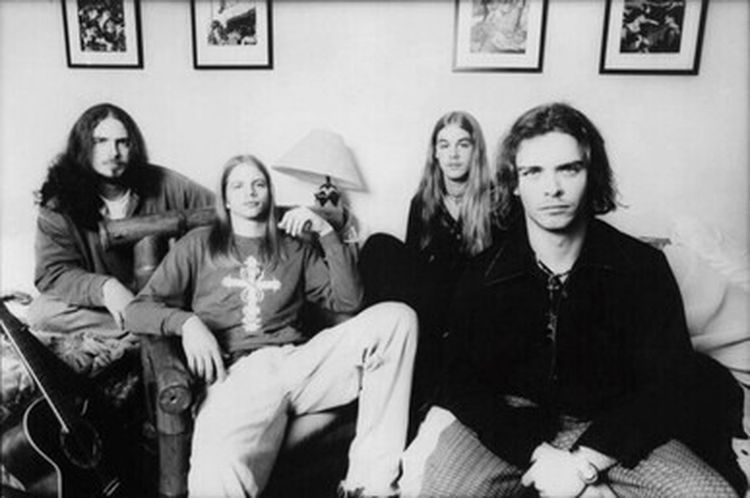
Some rockstar flameouts smolder quietly behind closed doors while others burn bright enough to warrant television documentation. Travis Meeks and Days of the New scored one of rock’s most promising debuts with their acoustic-driven sound, only to watch that potential disintegrate under the weight of Meeks’s substance abuse issues. After firing every original member, Meeks became the captain of a ghost ship, his struggles eventually playing out on A&E’s “Intervention”.
Their permanently unreleased fourth album represents one of rock’s great what-ifs, a musical version of an abandoned construction project with just the foundation poured. Failed reunion attempts punctuate the band’s history like missed exit ramps on a highway to nowhere. Days of the New exists now primarily as a cautionary tale – musical promise without stability creates nothing but unfulfilled potential, similar to a screenplay that never makes it past the first act.
1. Razorlight (Johnny Borrell)

The British music press builds artists up just to delight in tearing them down, and few frontmen facilitated their own demolition quite like Razorlight’s Johnny Borrell. After early UK indie success culminating in a #1 album, Borrell’s grandiose self-assessment as his generation’s greatest songwriter created an authenticity deficit the band never overcame. The British cultural allergy to perceived arrogance transformed Borrell from indie darling to cautionary tale with remarkable efficiency.
Borrell operated like a marketing team, deliberately creating the world’s most alienating campaign, making statements that guaranteed eye-rolls from peers and critics alike. Sales declined, relevance faded, and a band that once headlined major festivals found themselves relegated to nostalgia circuits and “where are they now” features. Razorlight’s trajectory demonstrates how quickly perceived authenticity can evaporate when frontmen mistake confidence for superiority, turning potential classics into historical curiosities. These notorious frontmen didn’t just derail their own careers—they joined a long tradition of rock star meltdowns that have left bands and fans picking up the pieces.








